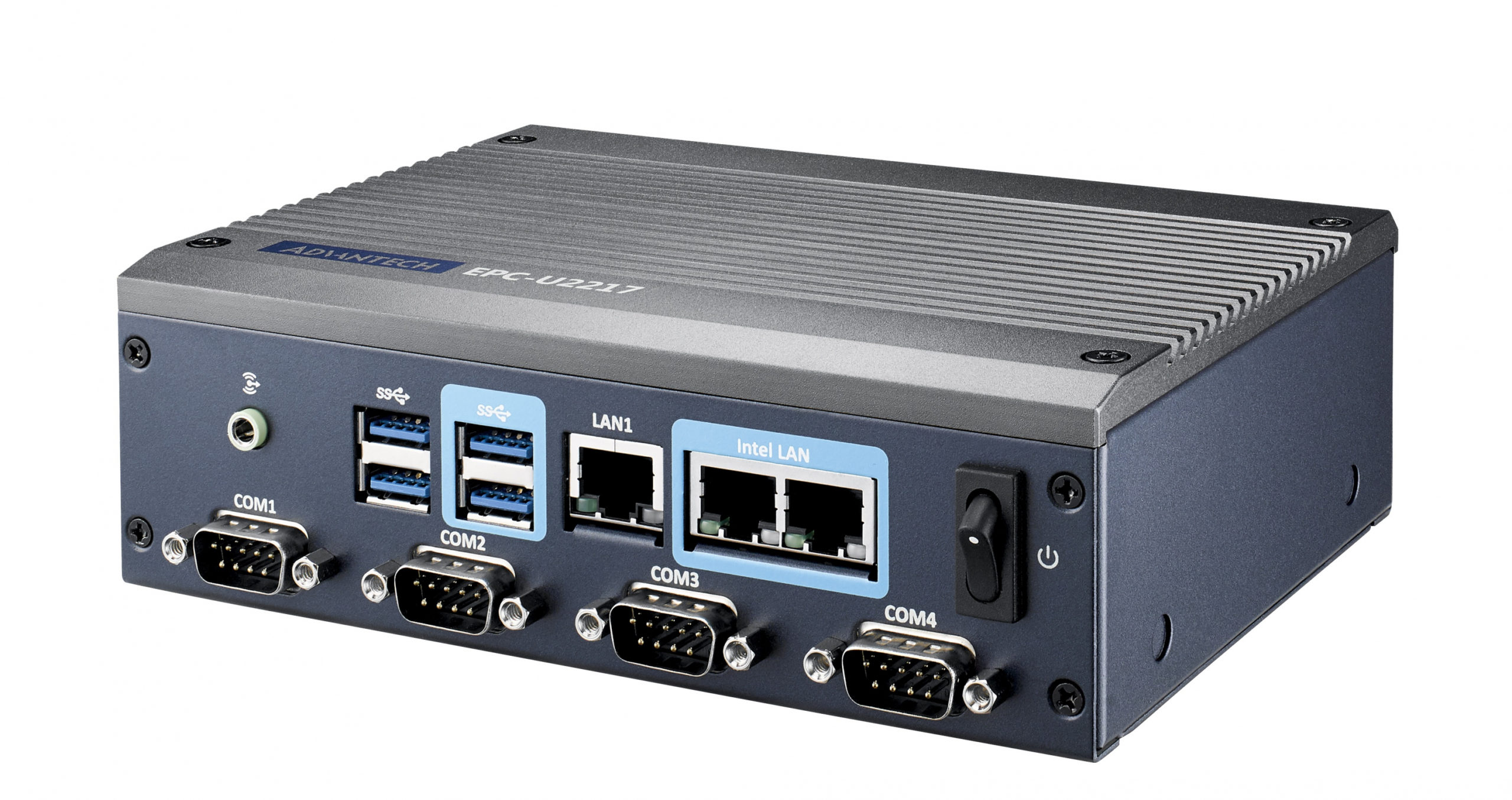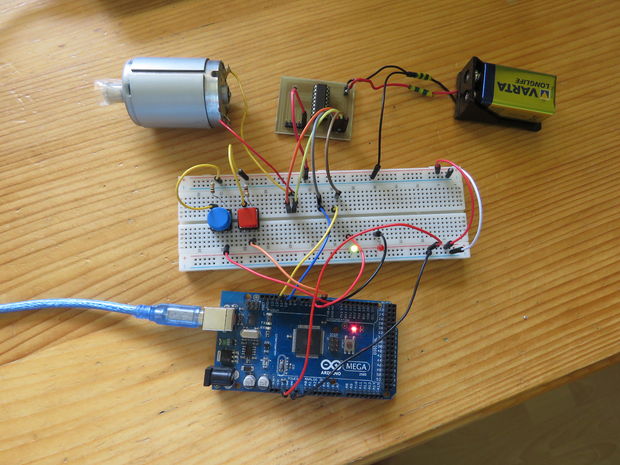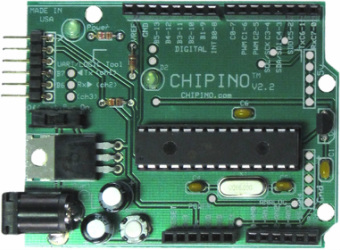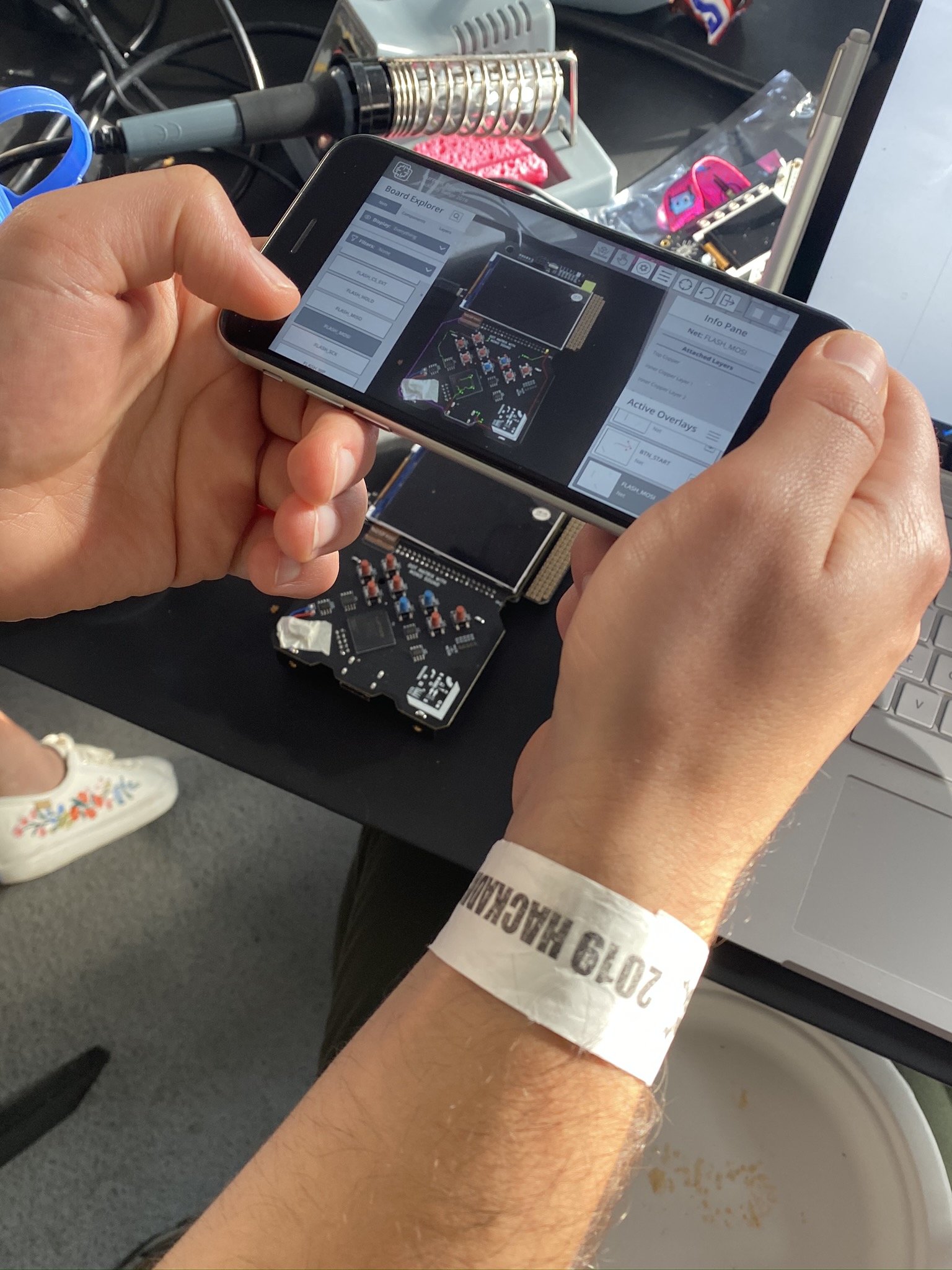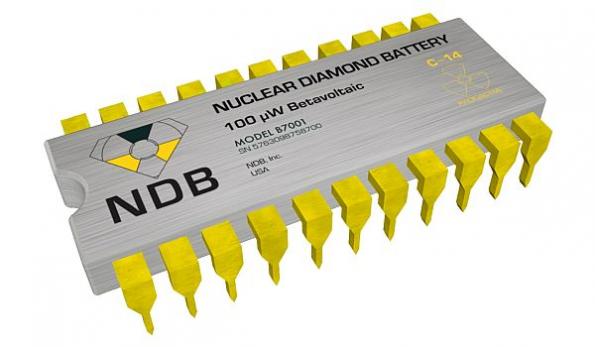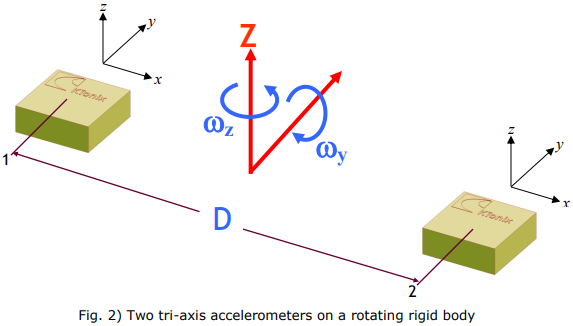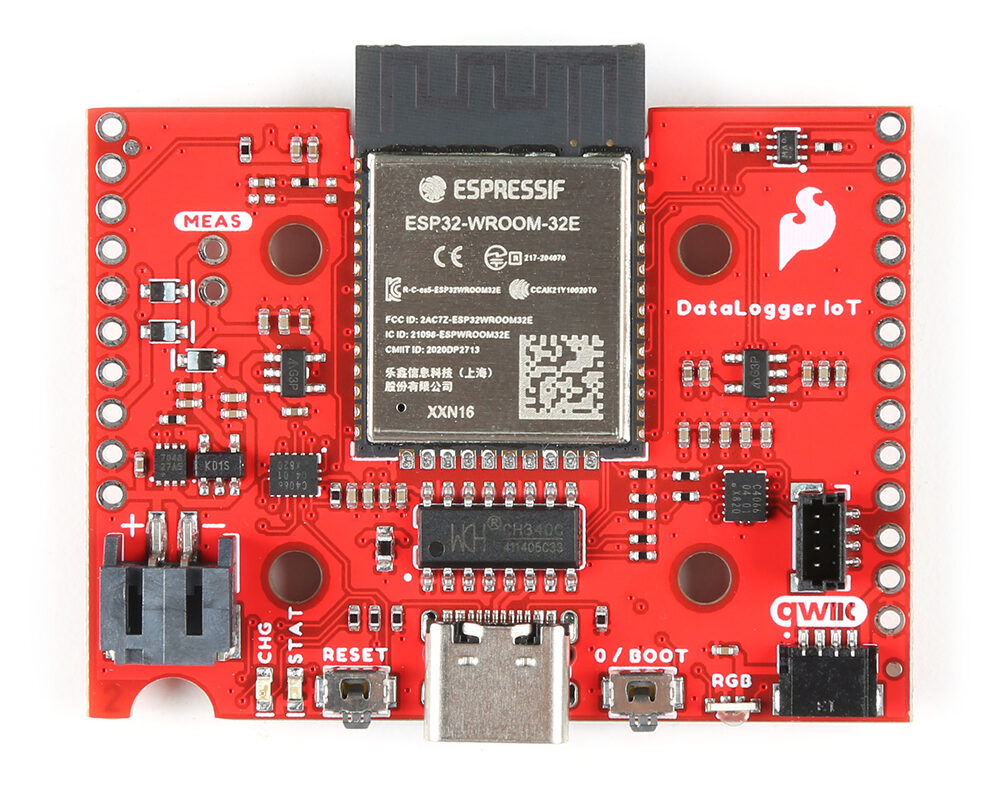
Have you ever been in a situation where you were building a project and desperately needed some tool to test its performance? Well, SparkFun just solved that problem with its new plug-and-play DataLogger IoT and IoT – 9 DoF boards where you don’t need to solder or program anything!
Microcontroller
The heart of the system is a rather fast and powerful ESP32-WROOM-32E microcontroller chip. Inside there is a dual-core 32-bit microprocessor that can reach speeds up to 240MHz and has an integrated antenna! Moving down, there is a USB type C connector and a CH340C serial converter IC in series to the MCU.
Power
To power this board, you can use the same USB type C connector or a VIN pin with a voltage ranging from 3.3V to 6V. There is also a 2-pin JST connector for the battery option.
Talking about batteries, this board has an integrated MAX17048 LiPo fuel gauge which monitors batteries SOC and alerts if it is depleting. For recharging the battery, the board has a built-in MCP73831 single-cell LiPo charger. Its charge is set to 500mA/hr, so make sure to put the right-sized battery. Also, sleep mode exists, which decreases the board’s current consumption to approximately 200µA to preserve the battery. Furthermore, for ultra-low power mode, you can cut charge and status LED jumpers from the back of the board to decrease power draw even more.
Measuring
In the beginning, we mentioned 2 versions of the same board. One DataLogger IoT and the other IoT – 9 DoF. What is the difference between those two boards you might ask. SparkFun explains it as 9 degrees of freedom. 9 degrees because of integrated 3 triple-axis sensors accelerometer, gyroscope, and magnetometer. The IOT board version doesn’t have those internal measurement units (IMU) sensors. But! There are 2 Qwiic connectors for connecting additional modules and this DataLogger can autodetect over 50 of them.
Saving data
Having the ability to connect many sensors is great, but saving the information is even more important. One of the ways to save data is with a microSD card. This DataLogger can support 4-bit SDIO with microSD cards formatted as FAT32, also FAT16 up to 32GB. It can record clear text, comma-separated (CSV), or JavaScript Object Notation (JSON) files.
Another way of handling data is through a serial interface. You can take your USB C cable, plug it in, open a serial terminal, and set its baud rate to 115200. Immediately you start receiving information with default board settings. By pressing any key on the keyboard, you can open the configuration menu and configure how often you want to take measurements, what sensors to include, how to save data, and all other parameters. A guide on how to do it is here.
The third way of handling data is with the cloud. Since this board has a 2.4GHz Wi-Fi connection you can use IoT services like MQTT client (secure client), AWS IoT, ThingsSpeak MQTT, Azure IoT, HTTP IoT, and Machine chat to upload information. But with the latest DataLogger IOT firmware v1.1.0 update they also added an ability to directly log to the Arduino Cloud.
Updating firmware
Keeping products up to date with their firmware is essential for their survival. For that reason, SparkFun developed 2 methods of updating the firmware on DataLogger IoT boards. First, is using a microSD to upload the firmware binary and update through the configuration menu. Another way is using OTA (over the air) update using the configuration menu without the need to install a bunch of libraries.
More information
You can get a simpler version of the DataLogger IOT board for 54.95$ and a full DataLogger IOT – 9 DoF board for 74.95$. For more information on how to use it, you can check SparkFun’s hookup guide.





